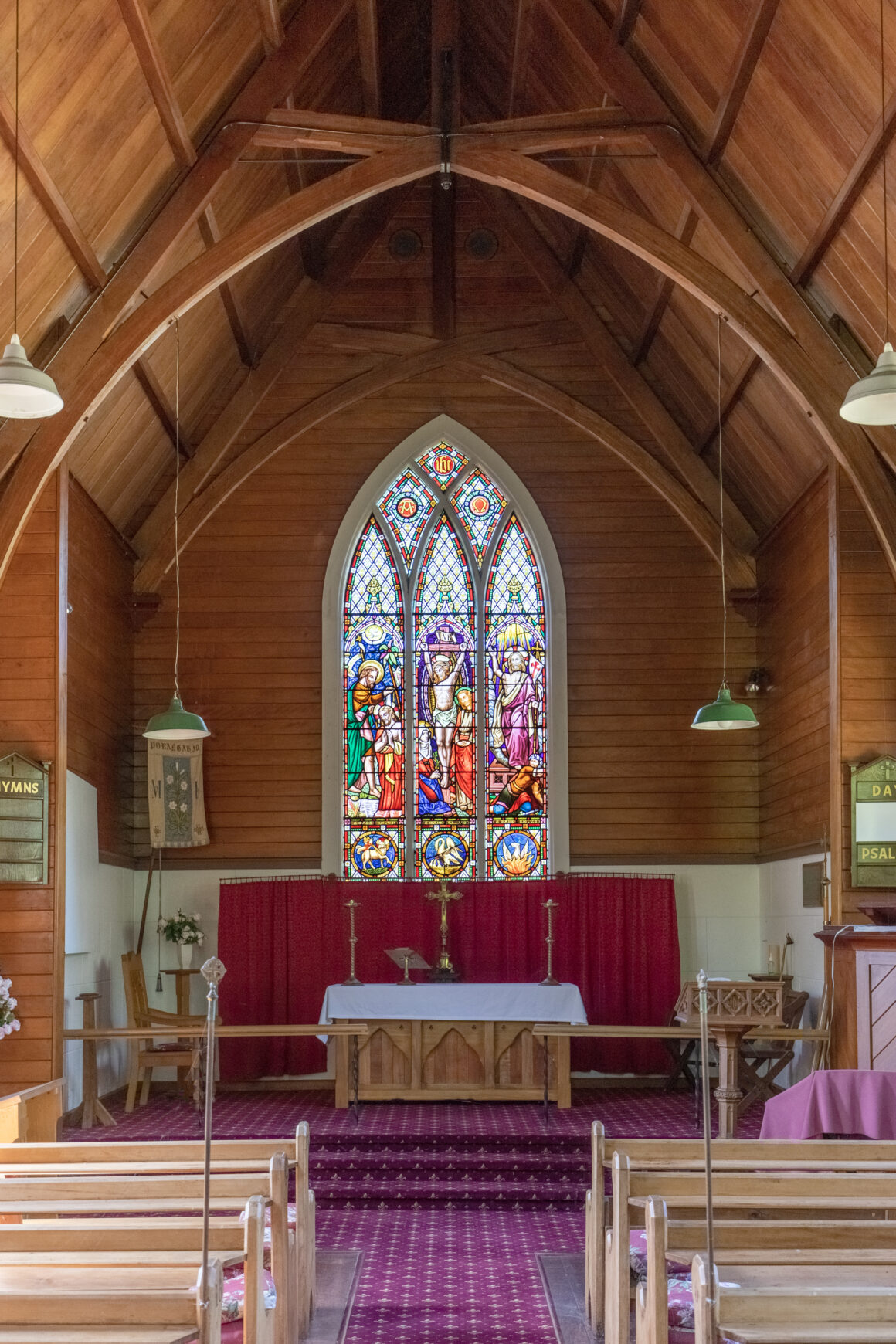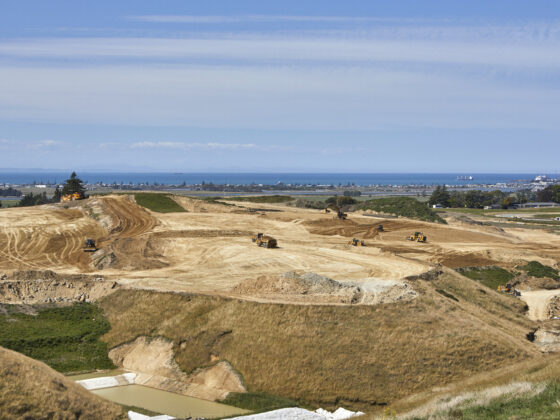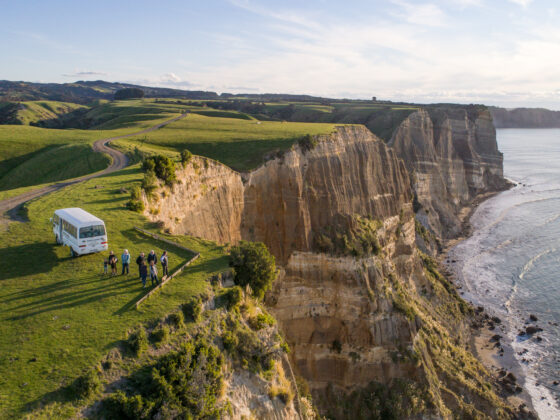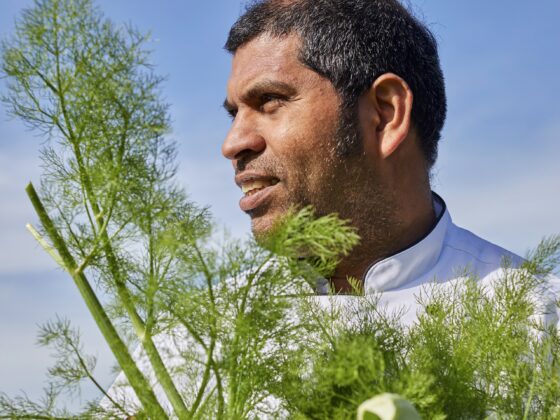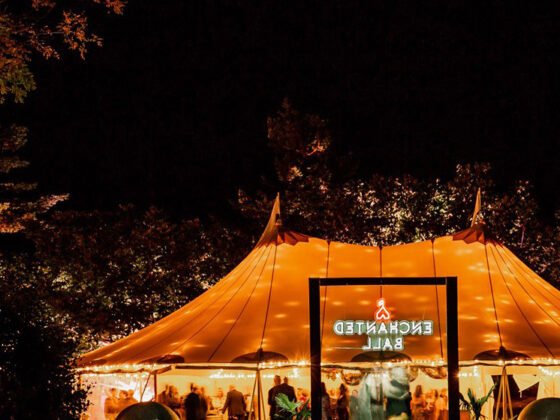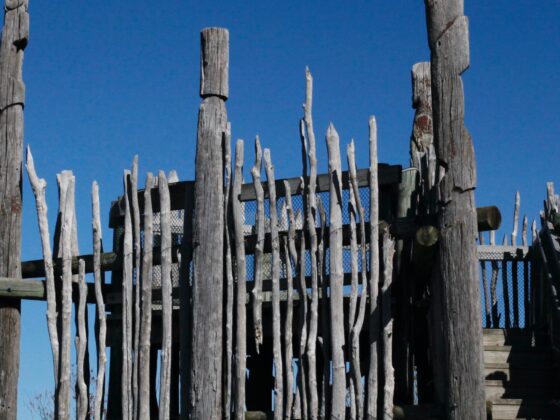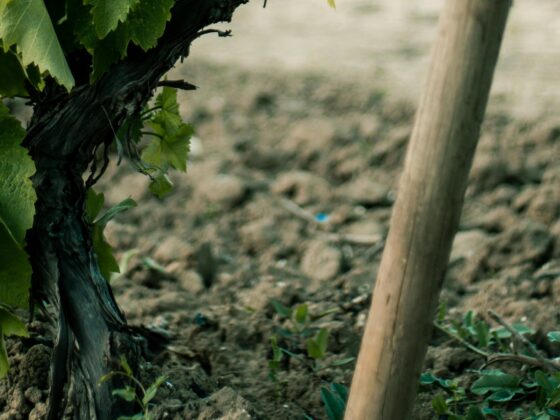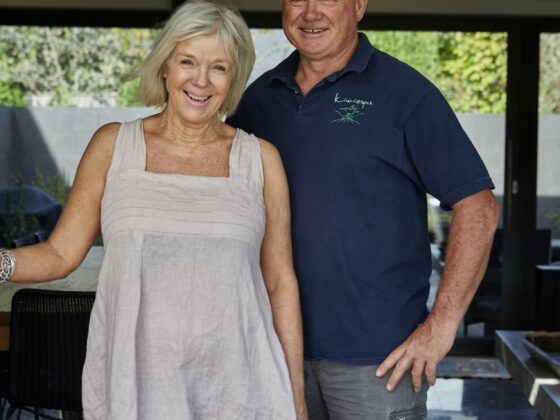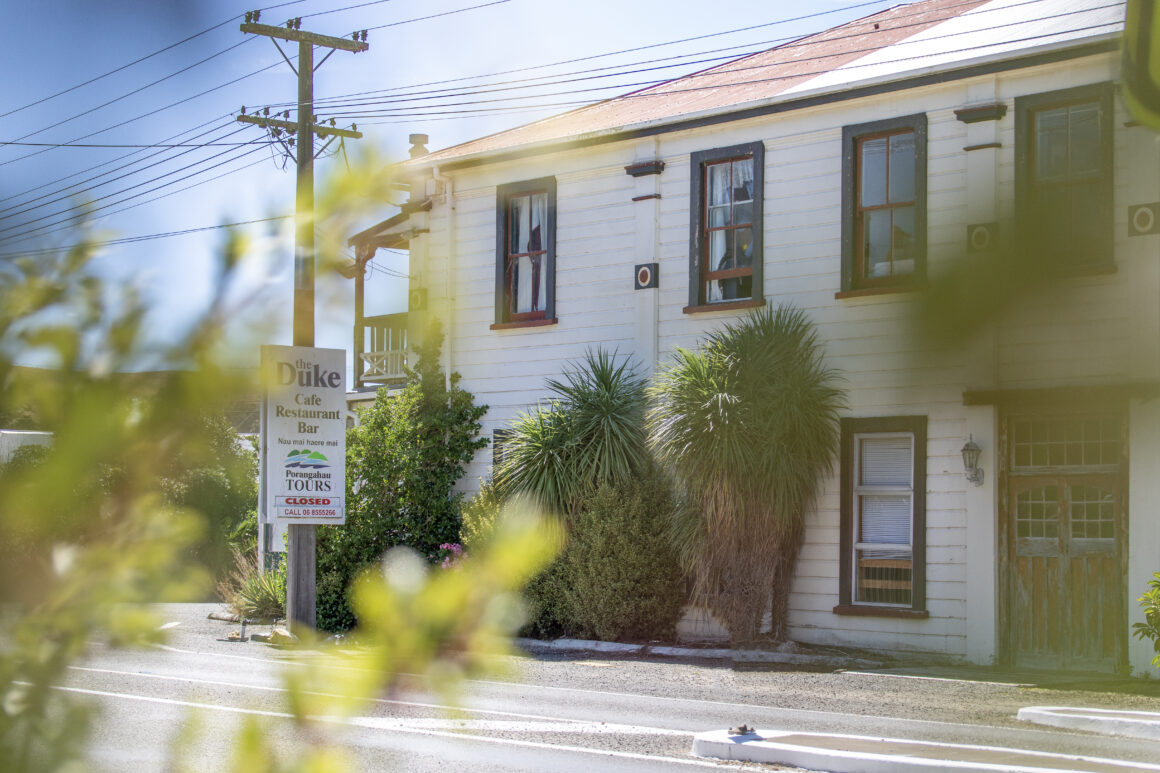
Nestled along the rugged coastline of Central Hawke’s Bay, Pōrangahau is a village steeped in history and adorned with tales of resilience, community spirit and the echoes of a bygone era. As we embark on a journey through time, we unveil the layers of Pōrangahau’s past, from the time before settlers to when the government founded the Pōrangahau Township in 1860 and the establishment of the police station in 1890. We then look at the bustling commerce of the early 1900s to the peaceful seaside village of today.
Long before the arrival of European settlers, Pōrangahau was home to the Ngāti Kahungunu iwi, whose ancestors arrived on the shores of Aotearoa by waka. The waka, a traditional Māori canoe, carried with it the hopes and dreams of a people, leaving an indelible mark on the landscape of Pōrangahau. Pōrangahau is deeply rooted in Māori heritage, with the surrounding landscapes holding significance in local legends and stories, including the longest place name in the world. Taumatawhakatangihangakoauauotamateaturpukakapikimaungahoronukupokaiwhenuakitanatahu translates to ‘The hill where Tamatea sat, the chief of great physical stature and renown, played on his flute in memory of his loved one’. Tamatea was an admired chief, explorer and warrior. These days tour guides can take you to the exact spot and explain the reason for the place name and the legend at the centre of it.
In the late eighteenth century, as New Zealand transitioned into a more settled state, the need for law and order became evident. The year 1840 saw the creation of New Zealand’s first police force, and 50 years later, Pōrangahau saw the establishment of its own police station – a modest structure attached to the police residence that is now positioned opposite the local hotel. The station not only served as a symbol of authority but also became an integral part of the community, fostering safety and cooperation among the residents. The police records show a log of incidents from its inception, and from this we can trace long histories of many family generations that still exist in the area.
The arrival of European settlers in the nineteenth century brought a new chapter to Pōrangahau’s story, shaping the village into the multicultural community it is today.
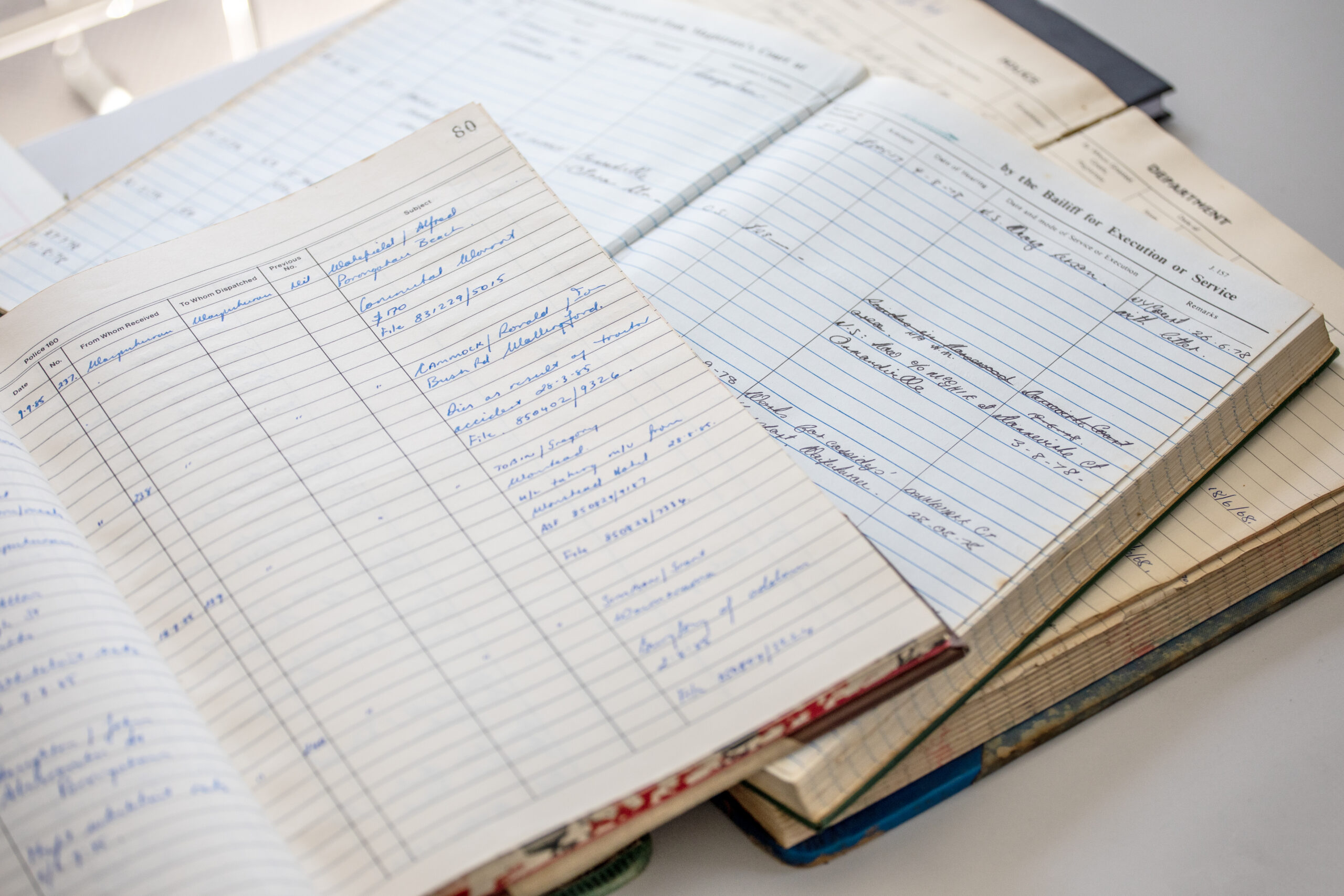
The Pōrangahau economy thrived with the main industries including timber, farming and fishing. As the local population grew, so too did the demand for goods and services. The general store was a pivotal point for trade, offering a variety of supplies to meet the needs of the burgeoning community and, as a consequence, became a gathering place, where stories were exchanged, goods were bartered and a sense of camaraderie flourished. The store, with its wooden facade and welcoming atmosphere, became a symbol of economic vitality in the area.
The agricultural landscape continued to evolve over the years. With sheep farming becoming a dominant industry, large shearing gangs contributed to the prosperity of Pōrangahau. It is no wonder that many shearing records, including world records and shearer champions, have arisen from this area over the past century.
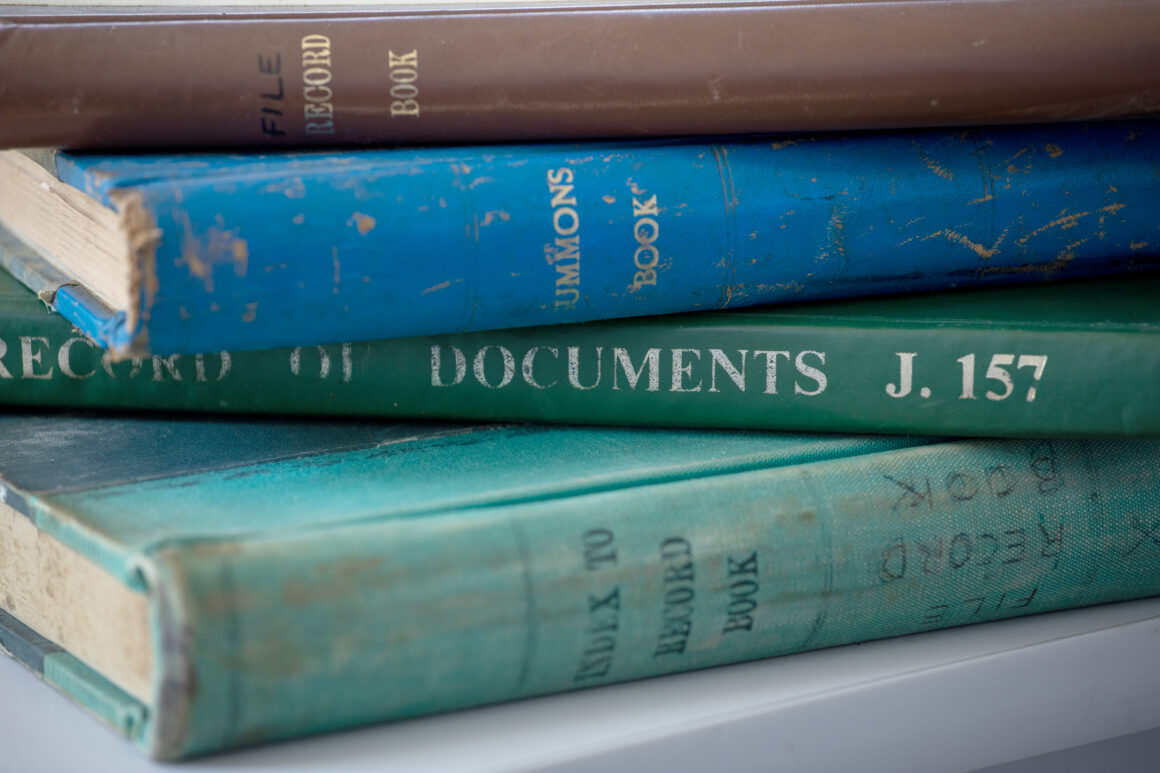
By the turn of the 1900s, Pōrangahau was surrounded by large farm stations. Many hands-on slashers and axe wielders, along with multiple teams of draught horses and bullocks, were involved in the process of breaking in the land, turning it from scrub, native grasses and ferns into prime grazing land.
The Duke of Edinburgh Hotel was established in the early 1880s. While it has had many facelifts, the hotel still stands and is nick-named ‘The Duke’ after its owner James ‘The Duke’ MacKenzie, who bought the hotel in 1891.
With a general store, hotel and police station taken care of in our historical journey so far, all we need now is a church. Enter the story of St Michael and All Angel’s Anglican Church, consecrated on Friday, 11th February 1881 by the Bishop of Waiapu.
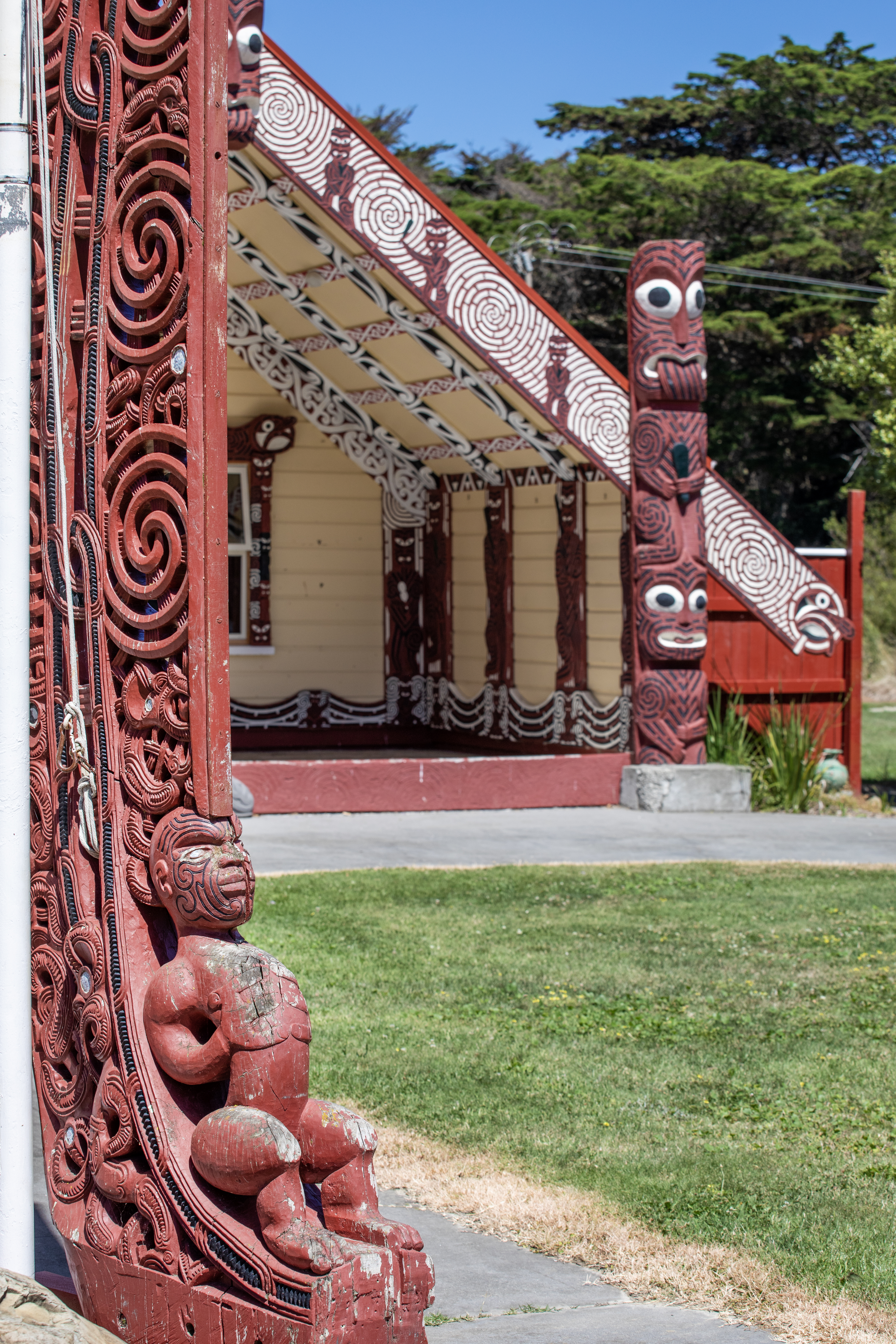
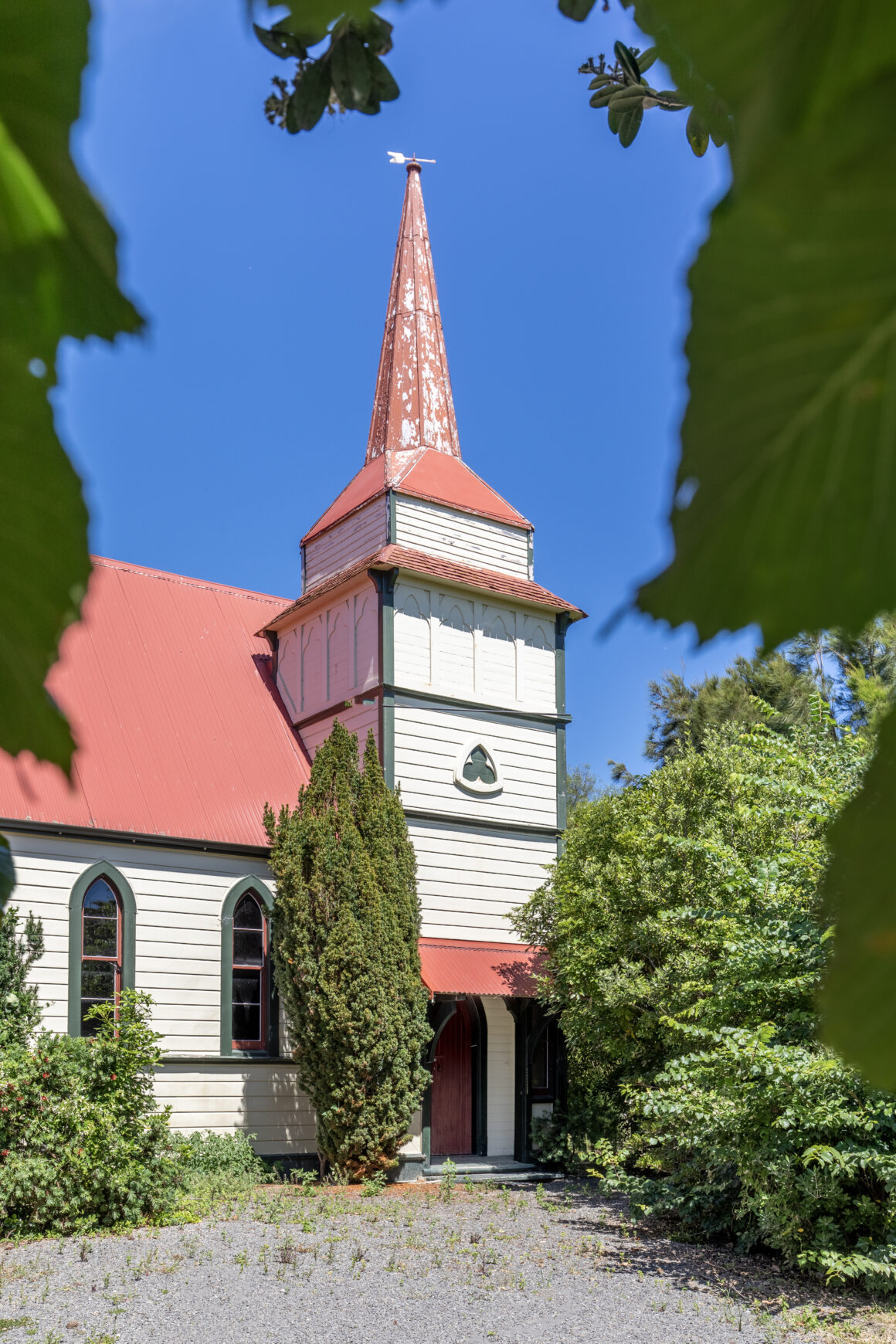
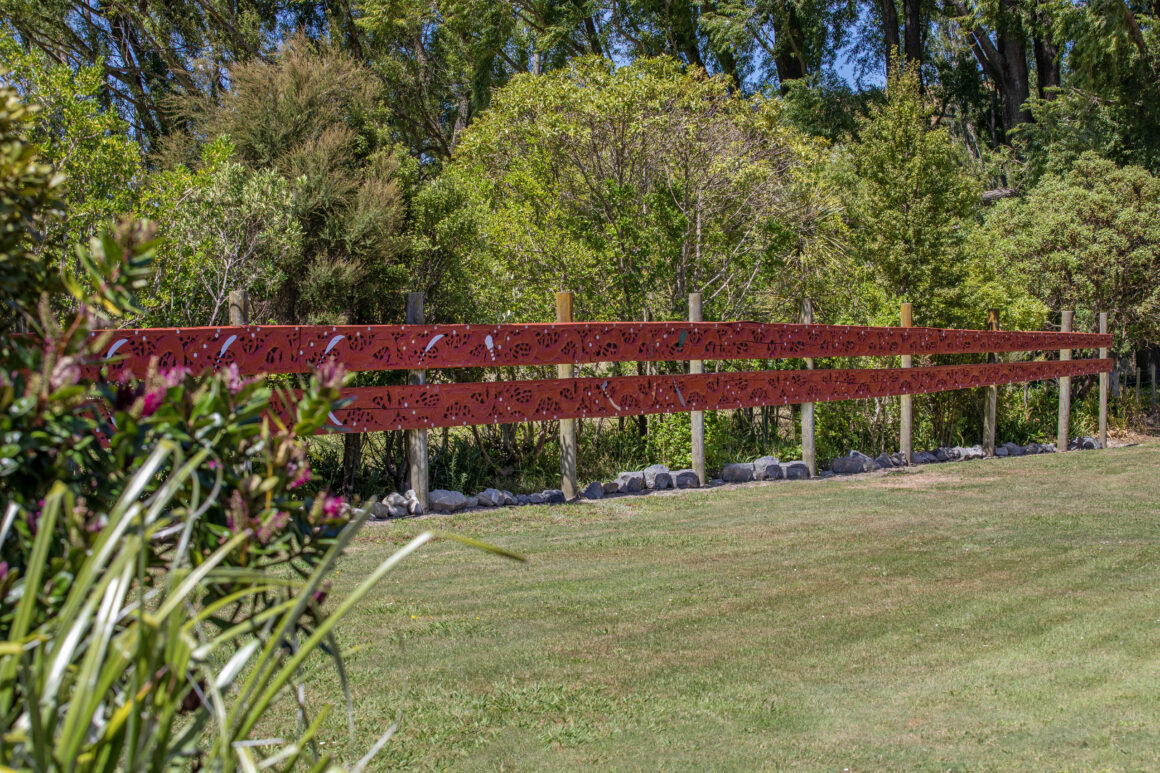
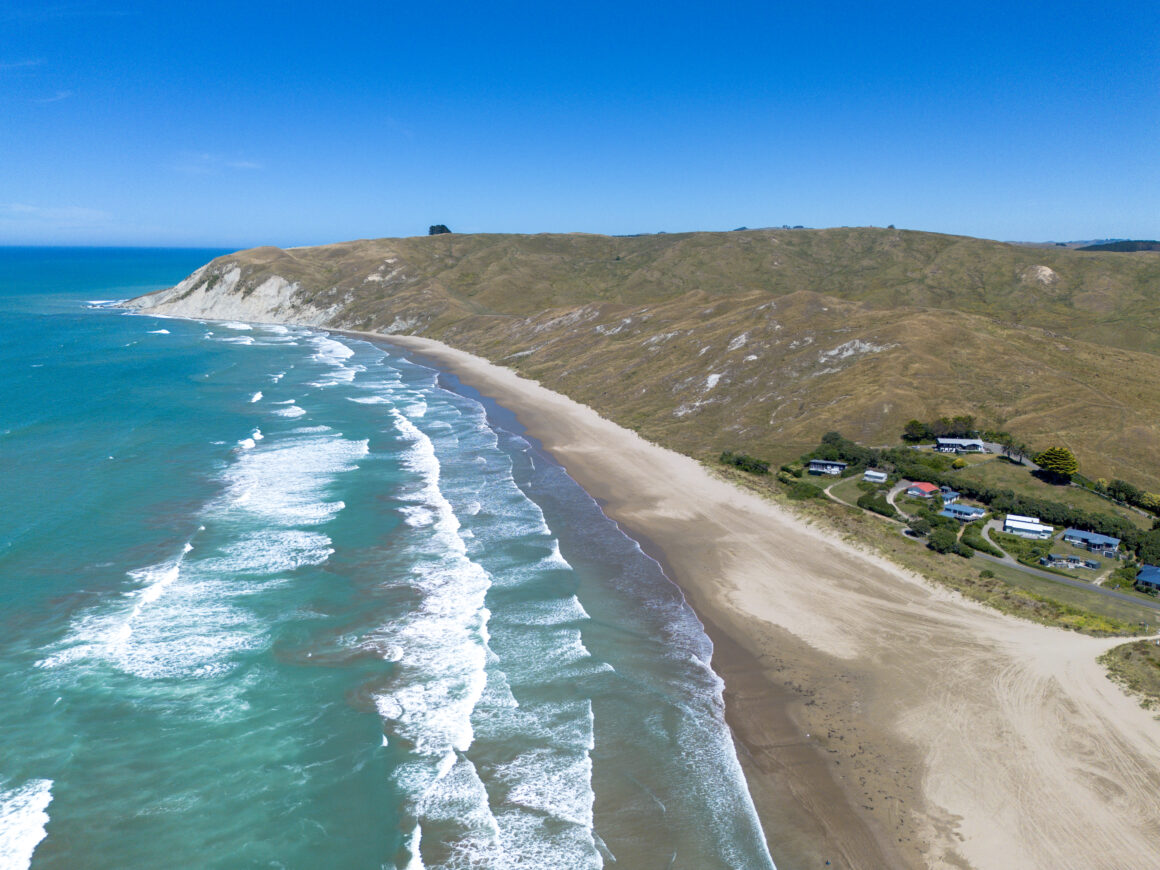
While the church itself is marvelled from the many moons it has seen, within the church lies another treasure. This is now the sixth location in New Zealand found to contain an historic Ferguson & Urie stained glass window. This window is the only one known to have been created by the company as a memorial to a soldier who died in an armed conflict in the Antipodes.
The ongoing research to find extant Ferguson & Urie stained glass has revealed many of their works of art in remote locations, sometimes thousands of kilometres from the company’s workshops in North Melbourne.
The beach is vast and for many years formed a major traffic connection to outlying stations and settlements. To this day it remains a busy traffic lane, although mostly for fishing, diving and recreational purposes.
As we reflect on Pōrangahau’s rich history, it becomes evident that the village is more than just a collection of buildings; it is a living tapestry woven with the threads of diverse cultures, enduring traditions and the shared experiences of generations. Pōrangahau’s story continues to unfold, inviting both residents and visitors to appreciate the beauty of the past and the promise of the future. It has survived tornados, harsh storms, including Cyclone Gabrielle, and droughts. Everything is connected in this town: the people, the land, the history. I won’t drive through Pōrangahau againwithout thinking about its amazing past.

